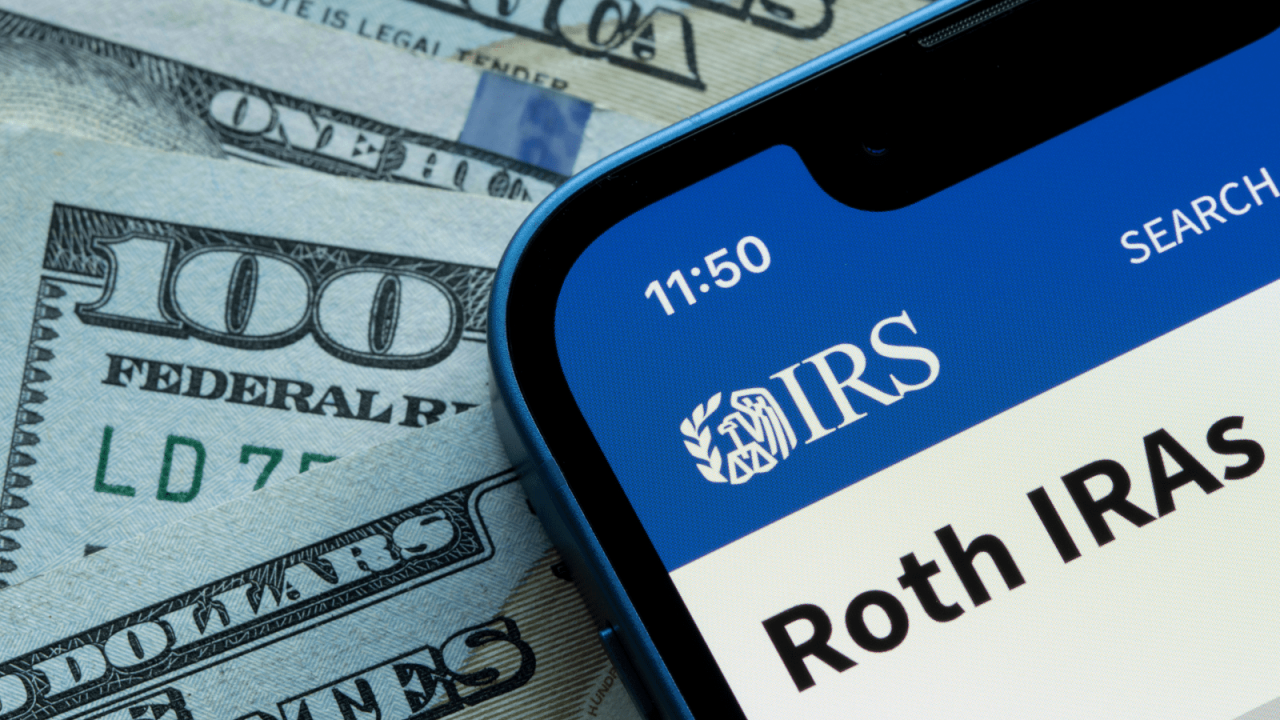IRS announces administrative transition period for new Roth catch up requirement; catch-up contributions still permitted after 2023

WASHINGTON — Today, the Internal Revenue Service announced an administrative transition period that extends until 2026 the new requirement that any catch-up contributions made by higher‑income participants in 401(k) and similar retirement plans must be designated as after-tax Roth contributions.
At the same time, the IRS also clarified that plan participants who are age 50 and over can continue to make catch‑up contributions after 2023, regardless of income.
Today’s announcements were included in Notice 2023-62PDF, now posted on IRS.gov. This notice provides initial guidance for section 603 of the SECURE 2.0 Act, enacted in December 2022. Under that provision, starting in 2024, the new Roth catch-up contribution rule applies to an employee who participates in a 401(k), 403(b) or governmental 457(b) plan and whose prior-year Social Security wages exceeded $145,000.
The administrative transition period will help taxpayers transition smoothly to the new Roth catch-up requirement and is designed to facilitate an orderly transition for compliance with that requirement. The notice also clarifies that the SECURE 2.0 Act does not prohibit plans from permitting catch-up contributions, so plan participants who are age 50 and over can still make catch-up contributions after 2023.
The Treasury Department and the IRS plan to issue future guidance to help taxpayers, and the notice describes several positions that are expected to be included. In addition, the notice invites public comment on the matters discussed in the notice and suggestions for the future. The notice provides details on how to submit comments.
Source: IRS-2023-155, Aug. 25, 2023
